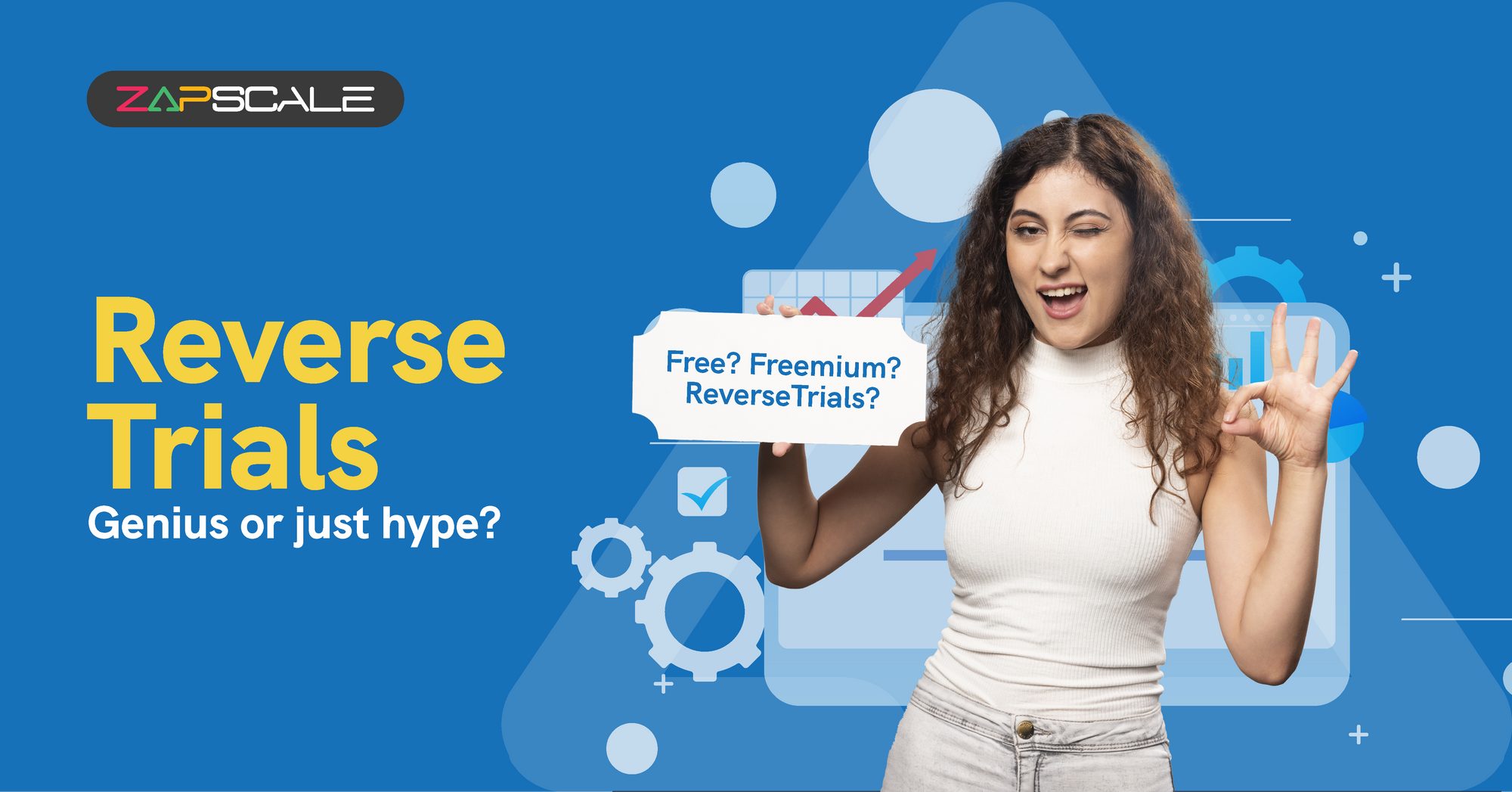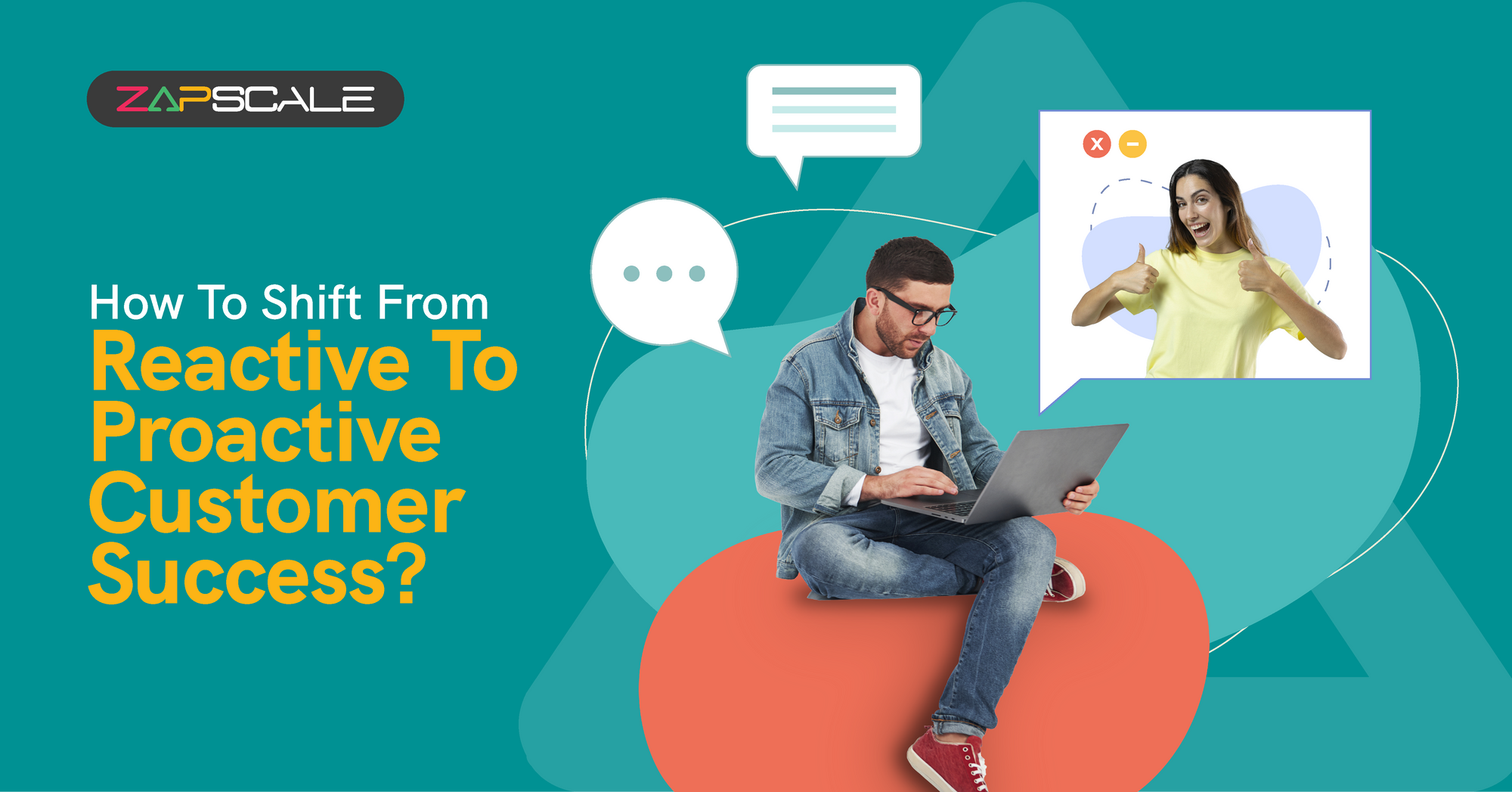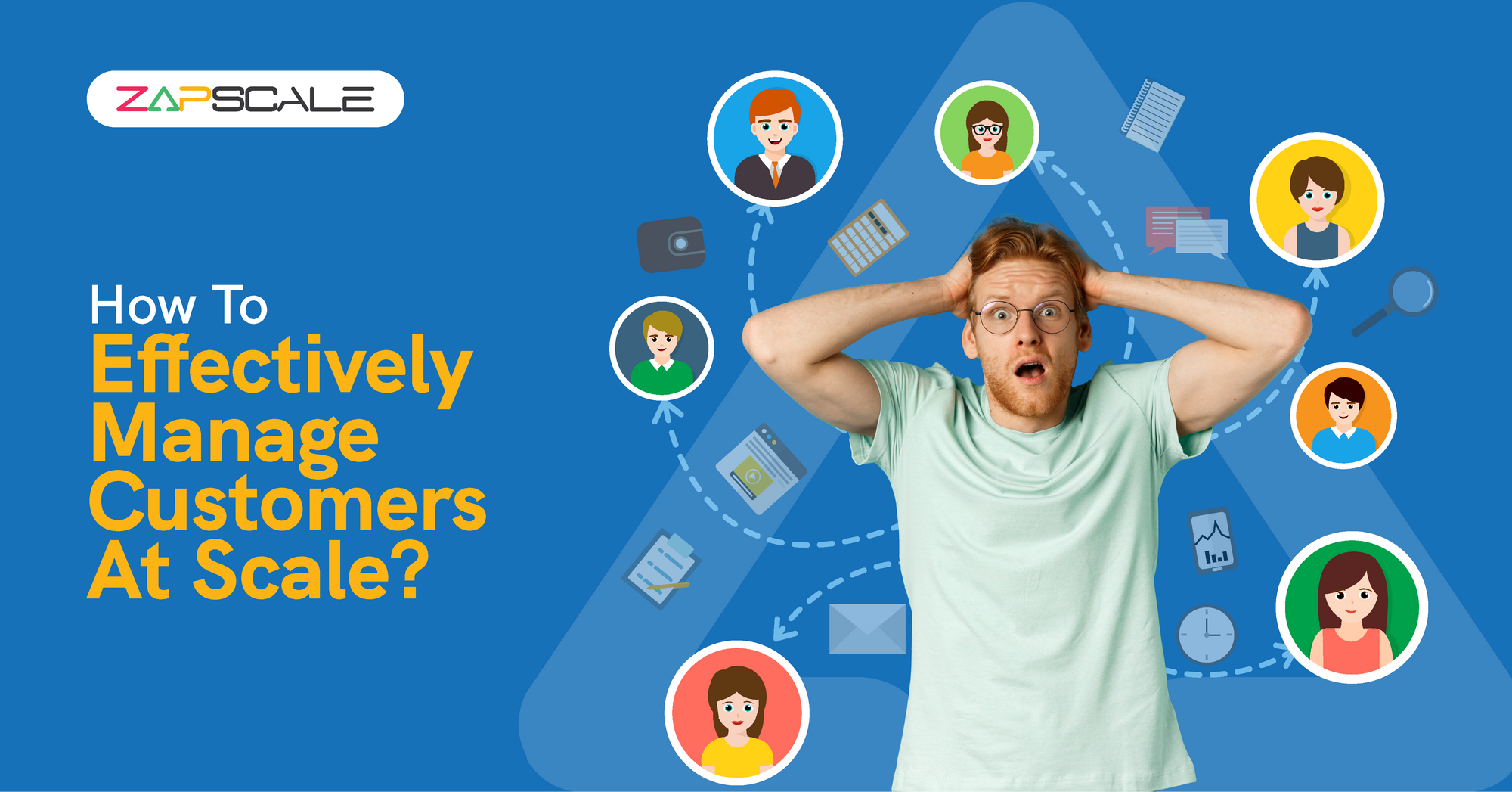CATEGORY > Customer Success Management
Do you really need a customer success platform?
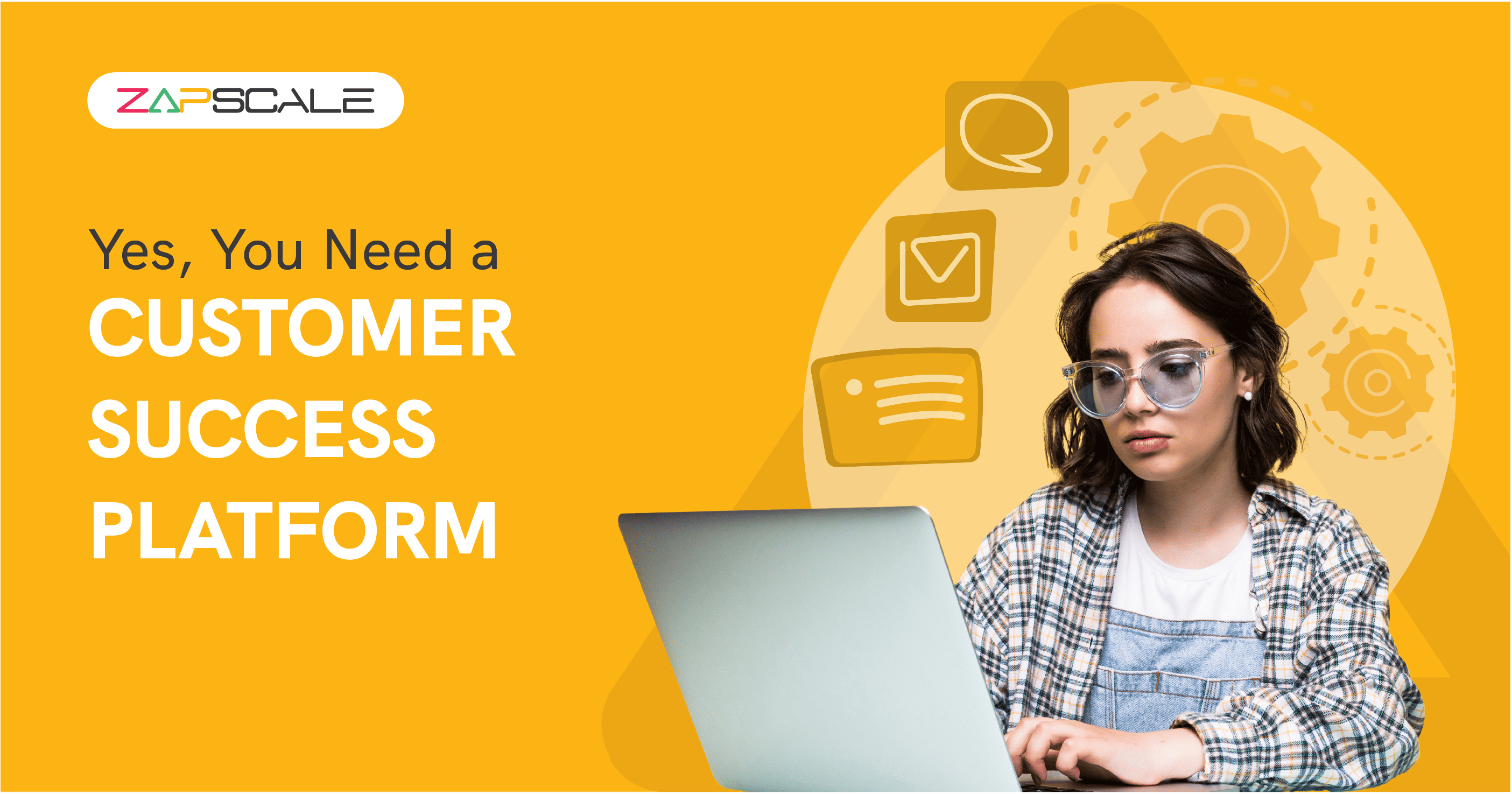
Do you consider smartphones necessary? What about a vehicle? And what about other modern tech gadgets you own? Most probably you answered ‘yes’ to each of the questions above.
Why? To always be in touch, feel free in one's mode of conveyance, and keep up with the world and technological advancements. Right?
As a result of shifts in social outlook, the things that would have once fit into the "desired" bucket are now in the "need" bucket. We have transformed our way of life, compelling these adjustments. If you look about, you will uncover several examples of products that, in the early 1990s, would have been desired but are today's needs or wants.
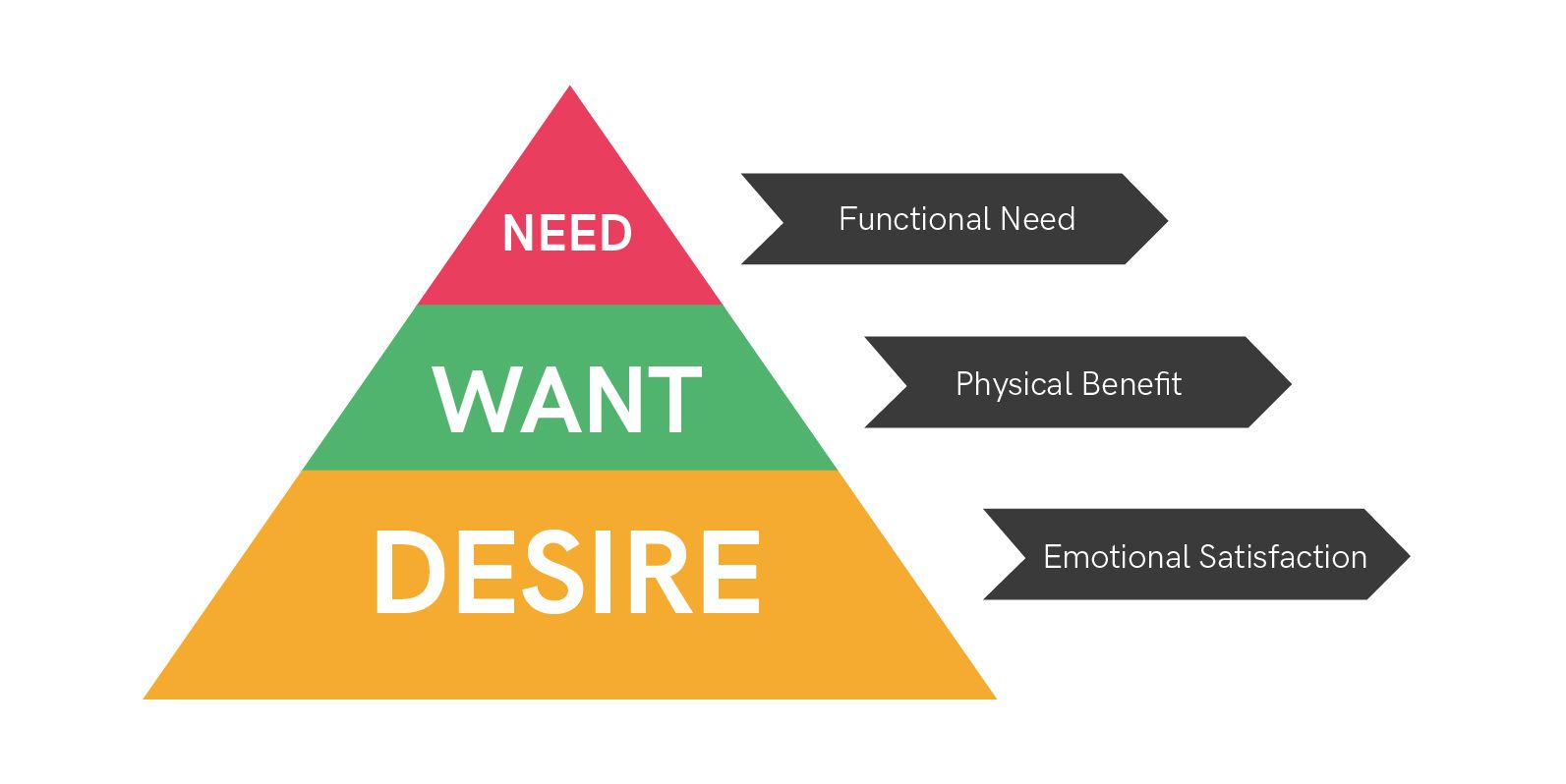
Considering the aforementioned factors, a Customer Success Platform (CSP) is one such product or technology that's currently an absolute need for the SaaS industry if you don't want to fall behind in the race.
In today’s DNA era, you need to be familiar with all the technologies that are pertinent to enhancing two crucial aspects: revenue and efficiency, if you want to expand your organization and your business.
Let's look at how a Customer Success Platform might benefit you and be the game changer for your business.
Improve Retention and Reduce Churn
In a SaaS business, organic growth is significant. The bigger chunk of your revenue is from your existing customers. And to achieve that, your first step is to retain your customers with robust customer retention strategies. To scientifically identify which customer is likely to churn and needs your attention, you need to have a deeper understanding of your customer's health dynamics. A customer success platform can help you with complete customer health visibility.
Get Visibility On Customer Engagement With Your Product
Your customer stays with you because of your product. It’s the most important part of your relationship with them. A customer success platform helps you to get a complete view of how they’re using your product. With this information in hand, you can actually help them use it more efficiently so they can get maximum value from your product. This is one of the most important parts of understanding your customers better and boosting customer satisfaction.
Switch To Proactive Customer Success
A customer success team is dependent on the sales, product, marketing, and tech departments for data. It's too late to take preventive action by the time you obtain this information and organize it in a way that makes sense for action. Proactive doesn't mean that you solve the problem before the customer tells you; instead, it means that you solve the problem as soon as the customer encounters it.
Experience is essential for any SaaS business to thrive in today's market. The key to that is enhancing every process of your customer journey.
Identify Upsell And Cross-Sell Opportunities
As mentioned earlier, organic growth is the way for a SaaS business. Another important piece for organic growth is upselling and cross-selling. Gone are the days when your Account management & Sales team would have done this. In the current environment, upselling & cross-sell are a part of CS’s KRA.
Now, the issue at hand is how to spot upsell and cross-sell opportunities. You need to look at data from your CSP to understand important metrics like customer satisfaction level, license usage status, renewal data, etc. A CSP would provide all this at a single source.
Automate Tasks For Maximum Efficiency
Unless you love to work round the clock and ignore your mental health, you need to find a way to automate all your repeatable tasks. This can be done easily by a CSP. All you need is to set up playbooks for various scenarios and put them in an automated action.
Improve User Onboarding
For any relationship to thrive, you need a solid foundation. The early days of any relationship will set up the tone for the journey. Onboarding is the first step to real interaction the customer has with your product. The more seamless experience you provide, the better.
Now, there are onboarding tools that can help you solve this but a customer success platform can always help you in keeping all that information in one place. There would be some bit of onboarding management available in most of the customer success platforms.
Improve Customer Adoption
If a customer has bought your product and not using it effectively, you can expect churn to follow sooner or later. Adoption needs to be looked at on two levels (width & depth):
- Depth would be how many features are being used by the users.
- The width would be how many of the licenses are being used.
Both are equally important. With a customer success platform, you can track both at your fingertips. With this data, you can run the necessary product adoption campaign.
Powerful And Customized Reports
When there is so much data available, your management expects you to translate it into actionable insights in various forms. Without a customer success platform, it can be arduous because you need to go back & forth to get it from different teams. With the help of a customer success platform, you have it on your screen, ready to be shared. In fact, your management can log in directly and check out the numbers as and when they want.
What To Look For In A Customer Success Platform
When selecting a customer success platform, consider the following key features and criteria to ensure it meets your needs and supports your customer success goals:
1. User-Friendly Interface
Ensure the platform is intuitive and easy to navigate for both your team and your customers.
2. Integration Capabilities
Look for seamless integration with your existing tools like CRM, email, and analytics platforms to streamline workflows.
3. Customer Health Scoring
Choose a platform that offers robust health scoring to monitor customer engagement and predict potential issues.
4. Automation Features
Automation can help with repetitive tasks like follow-ups and reporting, improving efficiency and consistency.
5. Data Analytics And Reporting
Comprehensive analytics and customizable reporting are crucial for tracking performance and gaining insights.
6. Cost-Effectiveness
Assess the pricing structure to ensure it aligns with your budget and offers good value for the features provided.
7. Security And Compliance
The platform should follow the industry standards for data security and compliance to protect sensitive customer data and information.
Conclusion
So, Do you really need a customer success platform?
Needless to say, Yes!
Whatever stage of business you are at, if you have more than a handful of customers, you need a CSP to improve the overall experience of your customer which in return improves your business by maximizing your efficiency.
I hope this article helps you build your CS function better.
FAQs
1. What are the most important features to look for in a Customer Success Platform?
When choosing a CSP, prioritize features like a user-friendly interface, integration capabilities with existing tools, robust customer health scoring, and automation options for tasks like follow-ups and reporting. Additionally, look for comprehensive analytics and reporting, customizable dashboards, and integrated communication tools. Security and compliance, scalability, and reliable customer support are also key considerations.
2. How does a Customer Success Platform integrate with existing tools and systems?
A good CSP should seamlessly integrate with your existing tools, such as CRM systems, ticketing tools, feature request platforms, and product analytics tools. This integration allows for a unified view of customer data, streamlines workflows, and ensures that information flows smoothly between different systems. When evaluating platforms, check for compatibility with your current tech stack and any API support for custom integrations.
3. What are the benefits of using a Customer Success Platform for our business?
A customer success platform offers several benefits, including improved customer retention through proactive engagement and health monitoring, increased efficiency through automation of routine tasks, and better insights into customer behavior with data analytics. It also provides tools for personalized communication and helps identify growth opportunities by highlighting satisfied customers who may be open to upsells and referrals. Ultimately, a CSP can help drive customer satisfaction and loyalty, contributing to business growth.
ABOUT THE AUTHOR
Popular from Customer Success Management
Quality Content,
Straight To Your Inbox!
Subscribe for the latest blogs, podcasts, webinars, and events!

Write a Blog
If you have experience in CS and
a flair for writing, we’d love to
feature you.
Write to us on
hello@zapscale.com

